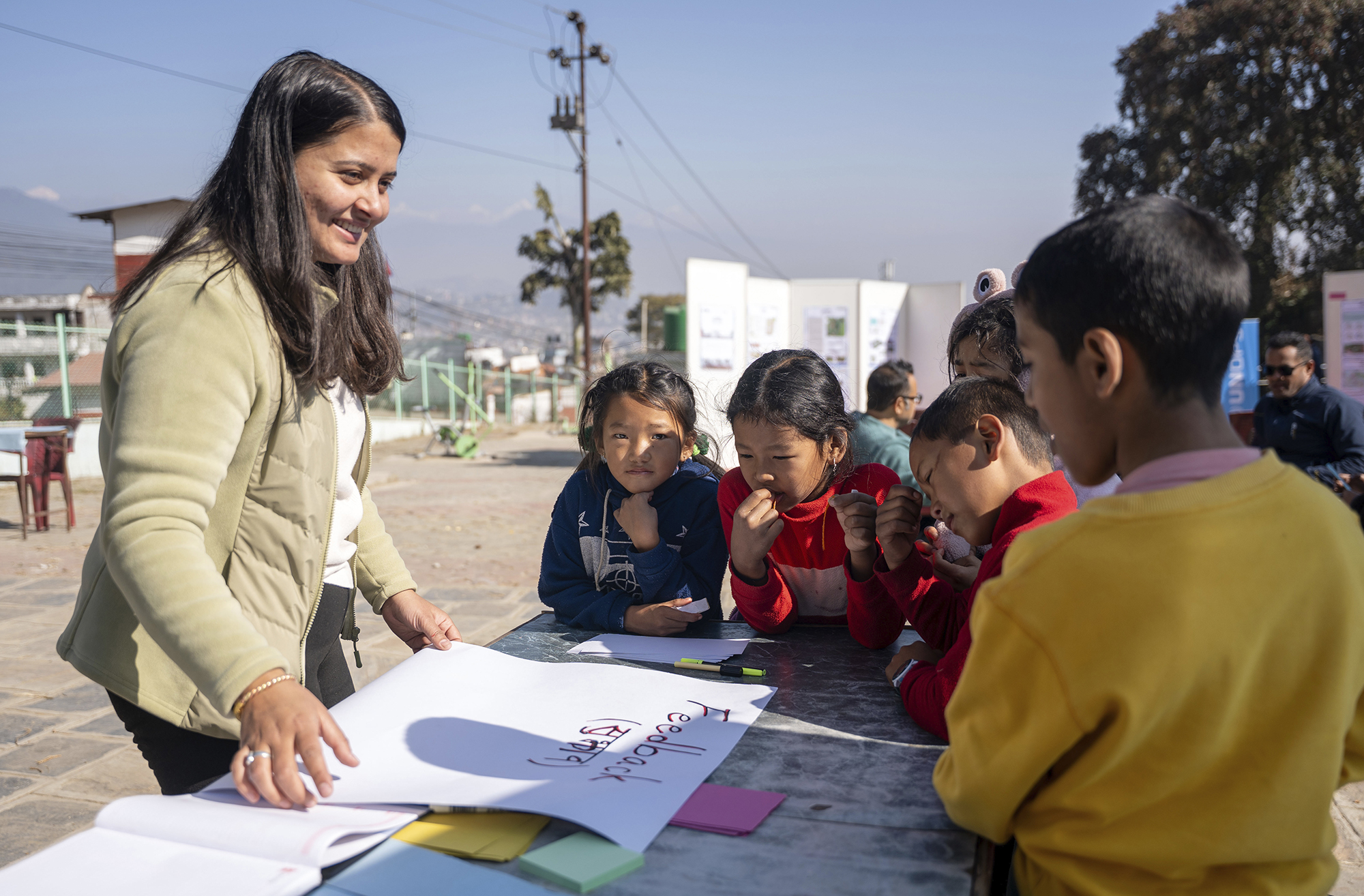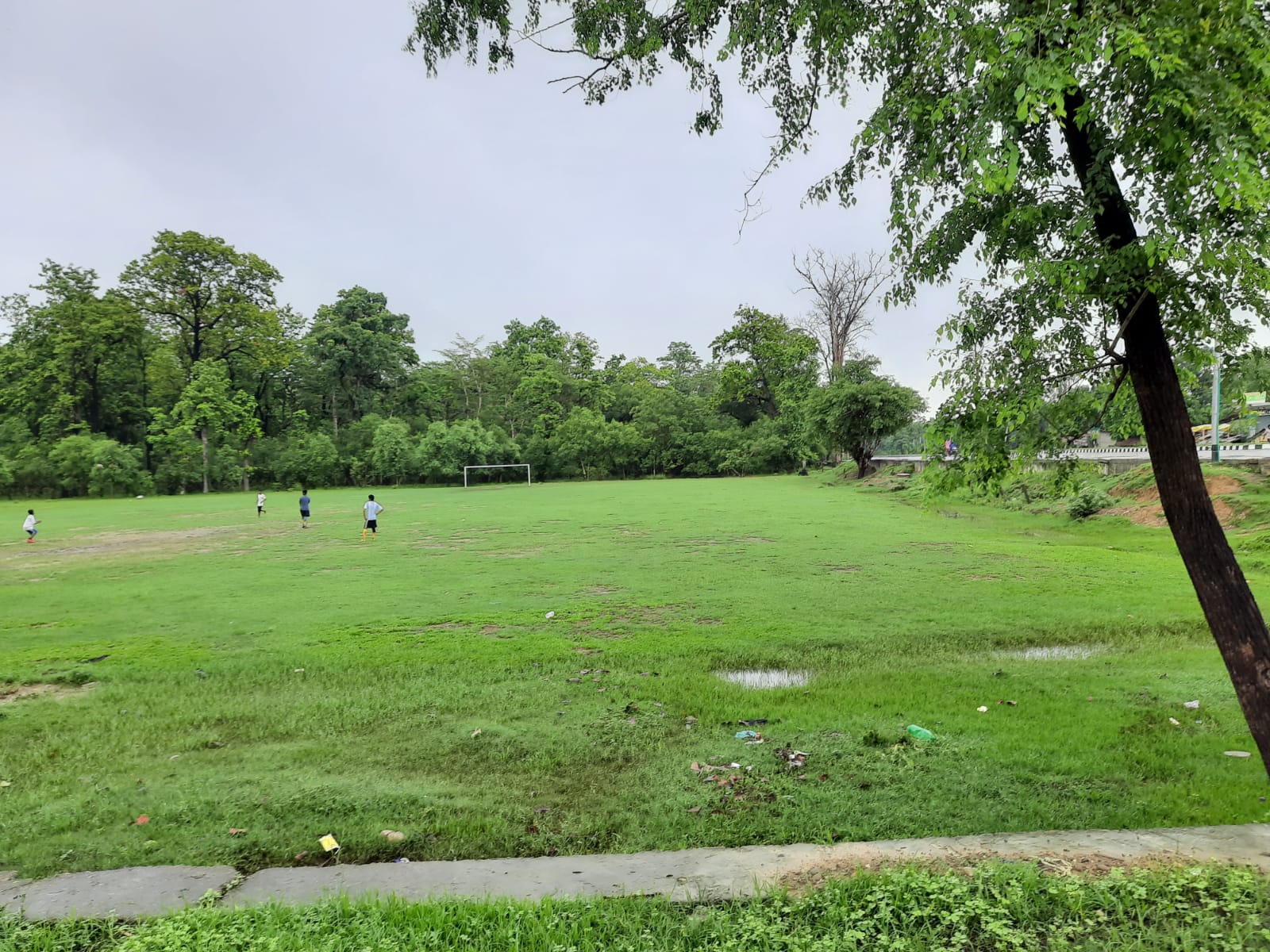At the beginning of March, the European Union (EU) presented its new Gender Equality Strategy on which its new Gender Action Plan 2020 for foreign action will be based. This momentum could be a tremendous opportunity to recognize the key role that cities are playing in achieving gender equality.
Despite Considerable Achievements, Gender Equality Remains Wishful Thinking
With Malala Yousafzai, Greta Thunberg, #MeToo or the Sudanese Revolution, one might think that nowadays you have to be a young woman if you want to change the world. Indeed, considerable efforts in law revisions have laid the ground for women and girls to fight for equal rights to men. Legislations to protect women and girls against gender-based violence have improved. More women than at any previous point in time serve in political offices. And still, we are far from having a gender-equal world. It is estimated that 35 percent of women worldwide have experienced physical and/or sexual violence (without counting sexual harassment), and women and girls together account for 72% of the victims of human trafficking. They are more often targeted by cyber-harassment and sexual harassment in the workplace, in politics, in schools and in universities. Women spend more time doing unpaid work, and a gender pay-gap remains in every labour market in the world. Waves of right-wing and traditionalist politics are further adding to the problem by destroying already made efforts.
Gender Mainstreaming in the EU’s External Action
The EU is committed to promoting gender equality in its external activities and has made considerable advances over the years. Since 2010, two successive Action Plans on Gender Equality and Women’s Empowerment in external actions (GAP I and GAP II) have been adopted. In the New European Consensus on Development (2017), the EU and its Member States reconfirm their commitment to gender equality, defined «vital for achieving the SDGs and cuts across the whole 2030 Agenda». However, while the GAPs provided a valuable framework for mainstreaming gender equality across the most important aspects of the EU’s foreign action, translating policies and political will into meaningful action has remained a challenge. The adoption of a new Gender Action Plan (III) in 2020 therefore constitutes an unmissable opportunity to do so.
Key Role of Cities in Promoting Women’s Empowerment
In opposition to national leaders, the proximity of mayors to their constituencies shortens the process of identifying problems and solving them. With increasing populations in cities (around 55% today and 68% by 2050 according to the UN), the role of mayors and city councillors is growing and global city alliances have formed in order to work towards problem-solving in areas where nations are in a deadlock situation. To say it in Michael Bloomberg’s words: «While Nations talk, cities act».
Many city-lead initiatives exist to tackle gender inequality. To ensure better inclusion of women and their needs when shaping policies, city governments are engaging women in local governance and decision making processes and applying a gender lens in different areas of policy-making such as city-planning, budgeting or in their development strategy. Such initiatives have been applied in Penang, Malaysia or Elbasan in Albania, for example. Cities can foster equal access to economic opportunities and services by taking into account the specific needs of women to empower themselves economically. Some are promoting safe and free public spaces for women by applying a gender lens to city planning. This includes improving street lighting, making parks more accessible for young girls, widening pavements, and designing social housing and new neighbourhoods, as Vienna has shown. Others are increasing women’s security in public spaces by using technology to aggregate data on women’s feelings of insecurity and sharing it with planning departments and other urban stakeholders, as New Delhi did.
Lessons from the cities for the next EU Gender Action Plan
These different local initiatives should inspire the EU to take concrete actions by scaling up local initiatives and consider cities when developing and implementing the next Gender Action Plan (GAP III):
- Mapping existing initiatives and involving local authorities and organisations: The focus should be on the impact for women and girls on the ground. All the future programmes that the EU funds should be based on mapping existing initiatives at the local level, the in-depth analysis of the current situation of women and girls, and the identification of priority areas of intervention in consultation with local authorities and women’s rights organisations.
- Dialogue with cities and local actors: The EU should set up inclusive mechanisms to ensure that gender-champion cities, civil society organisations and women’s organisations are systematically involved in the development of the GAP III. A space of dialogue between the EU and local actors is needed in order to share experiences, knowledge, and tools. The Global Task Force of Local and Regional governments and its members can offer the right platforms for that.
- Scaling-up local innovations: The EU programmes should enable the scaling-up and institutionalisation of existing gender-equality initiatives at the city level.
- Pursue an EU gender-responsive budget: The European Commission should adopt and effectively implement gender budgeting methods to the EU budget and all decisions taken based on the overall budget. This should include the development of a long-term action plan on gender budgeting as a tool for gender mainstreaming.
- Adopt a gender lens across all policies’ areas: The EU should strengthen gender-sensitive impact assessment of legislative and policy measures, as well as through cross-sectoral cooperation and accountability mechanisms for monitoring gender mainstreaming in all its operations.





